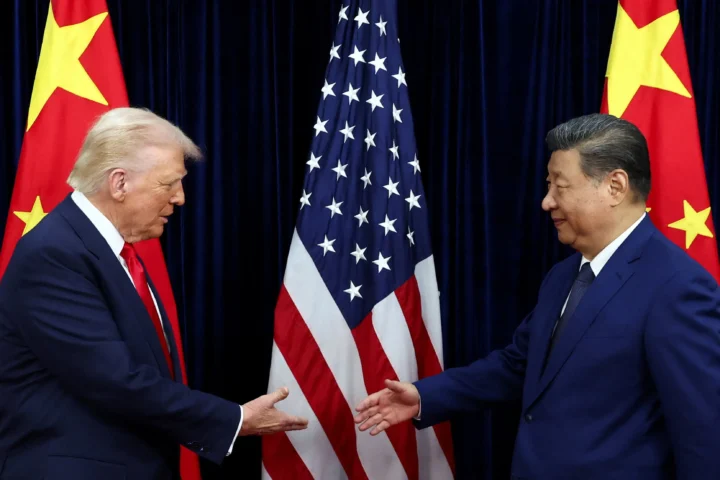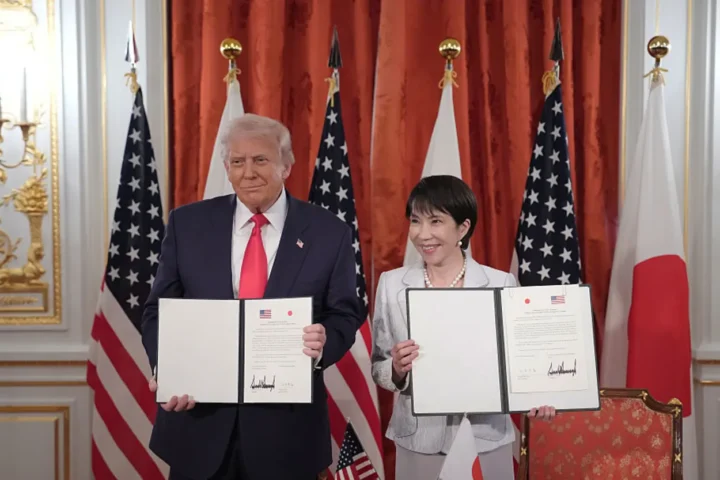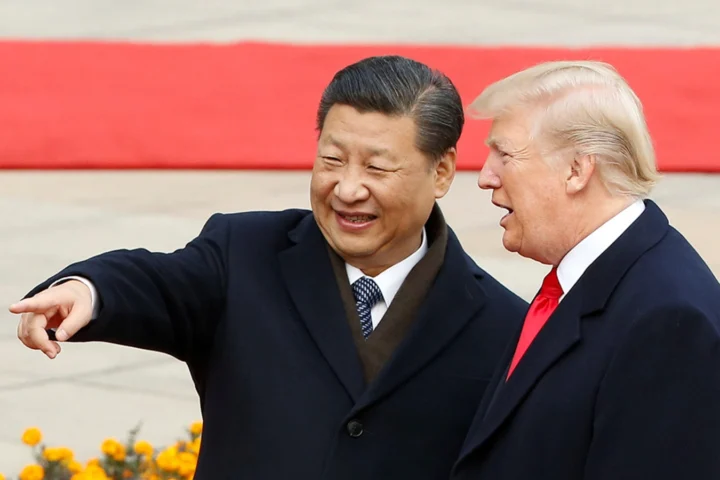In the ever-boiling cauldron of the South China Sea, Manila is adrift.
On a cloudless February morning this year, a Philippine patrol aircraft was intercepted at just 10 feet by a Chinese navy helicopter near Scarborough Shoal. This was not an isolated act of airspace intimidation—it was a chilling punctuation mark in a long and deliberate sentence Beijing has been writing across the map of Southeast Asia. That sentence reads: These waters are ours.
Over the past year alone, China’s aggression has escalated with surgical precision. Its maritime militia, coast guard, and navy have swarmed Philippine vessels, turned water cannons on humanitarian resupply missions, and unleashed a torrent of disinformation designed to distort international perception and erode Filipino morale. And in response? Press conferences. Protests. Platitudes.
Philippines Coast Guard is fighting China's illegal & coercive intrusion inside it's territory at many fronts.
— Isabella Anderson (@IsabellaAn67) April 20, 2025
China has already taken the Scarborough Shoal. It is now wants, Sabina, Shoal, Second Thomas Shoal, Palawan Islands… the list is long! 1/2 @jaytaryela @ChongJaIan pic.twitter.com/ccdHWMyBqg
The Philippine government, despite President Ferdinand Marcos Jr.’s signing of Executive Order No. 57 to create a National Maritime Council (NMC) in 2024, has yet to produce a real strategy—let alone a deterrent. The council was supposed to stitch together the fraying efforts of the Philippine Navy (PN), Coast Guard (PCG), and Bureau of Fisheries and Aquatic Resources (BFAR). Instead, a year later, it functions more like a political stage than a war room. Its most consistent output has been statements of “grave concern.”
China sees the cracks, and it’s exploiting them. When BFAR and the Coast Guard publicly contradicted each other over a suspected cyanide dumping by Chinese fishing vessels, Beijing pounced. It twisted the incident into another rhetorical cudgel, suggesting the Marcos administration can’t even agree with itself. In Beijing’s playbook, ambiguity is ammunition—and Manila keeps handing it over, round after round.
This is an article full of Jealousy.
— Alexandra Hudson (@AlexandraH33302) April 21, 2025
As the #Philippines plans to carry out the "Balikatan" joint exercise with the #US, Chinese anxiety is touching the sky. Although it's #China's old habit to play the victim. 1/3 @tshugart3 @ajphelo @PingpingTweets pic.twitter.com/fKWMzJxF8h
This strategic incoherence is dangerous not just for the Philippines, but for the regional order. Every unchecked water cannon blast, every dangerously close aerial interception, emboldens China to push further. Each time the Philippines fails to mount a unified and operationally coherent response, the risk of escalation grows. And Beijing is counting on it.
For too long, Manila has tried to substitute “assertive transparency” for deterrence. The idea is simple: name, shame, and shine a light on China’s gray zone warfare. But light alone isn’t enough. Beijing has proven willing to operate in broad daylight, confident that no serious repercussions will follow. Transparency without teeth is not a strategy; it’s a stall.
What Manila needs now is a real maritime doctrine—one built on unity, interoperability, and credible deterrence. Integrating the command structures of the PN, PCG, and BFAR is not a bureaucratic box-check; it’s a national security imperative. A single chain of command, with standardized rules of engagement and joint training exercises, would replace chaos with clarity.
And the benefits go beyond order. Procurement becomes smarter, not scattershot. Surveillance and intelligence-sharing—especially critical in an era of satellite-fed, drone-tracked patrols—become seamless. If the Philippines is serious about turning the tide, it must stop playing three games on one board and start playing one game with three pieces.
China should be held accountable for its aggressive behavior in the South China Sea, especially inside Philippines's Exclusive Economic Zone.
— Michael Turner (@Michael71T) April 16, 2025
Actions of Chinese Coast Guard inside PH's EEZ blatant disregard for the rule of law. 1/3 @MalayaIrredenta @ChongJaIan @MalayaIrredenta pic.twitter.com/rGkj9u70w2
There is precedent. The Chinese Maritime Militia operates in lockstep with the People’s Liberation Army Navy. Their unity gives them speed, scale, and strategic ambiguity. Manila should take a page from this—not to emulate aggression, but to match its sophistication with coordinated defense.
The U.S., for its part, must back this transition with more than words. Washington’s “ironclad commitment” to the Philippines under the Mutual Defense Treaty is reassuring, but true deterrence will come when the Philippines can hold its own line first. Joint training, intelligence-sharing, and advanced capabilities—such as long-endurance drones to track AIS-dark vessels—are critical next steps. Taiwan’s recent MQ-9B drone acquisition from the U.S. offers a blueprint.
Meanwhile, regional partnerships like the March 2025 security dialogue between Manila and Tokyo are promising. But alliances are only as strong as their weakest link. If the Philippines cannot unify its own forces, how can it expect to serve as a pillar in a multilateral security framework?
The Philippines says China is openly attacking boats that enter the contested waters of the South China Sea. 101 East meets the Filipino fishermen caught in the midst of this maritime dispute. https://t.co/ioPDZAvEMd pic.twitter.com/CEcuZB4IlJ
— 101 East (@AJ101East) April 7, 2025
This moment is a hinge in Philippine history. Scarborough Shoal, Second Thomas Shoal, and countless unmarked coordinates are not just cartographic disputes—they are tests of sovereignty, resolve, and the future of international law.
The Marcos administration must choose whether the National Maritime Council remains a committee of speakers or becomes a command of action. Because right now, China isn’t bluffing. It’s building.
And Manila can no longer afford to float.











